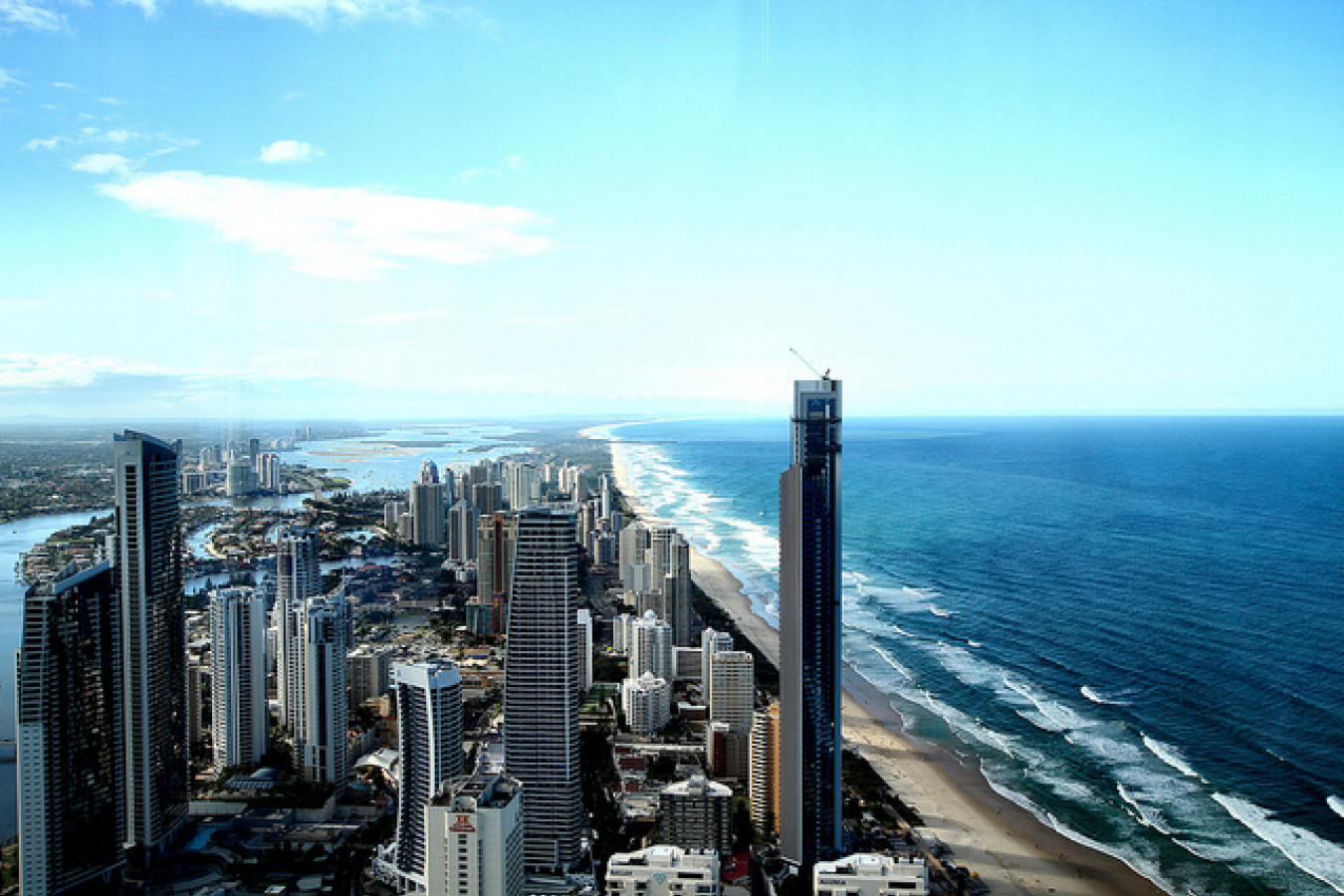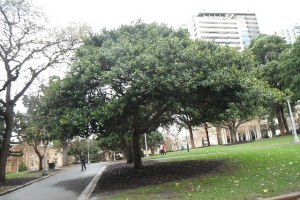Support migrant centric journalism today and donate

 • Media Center » Video Immigration News
• Media Center » Video Immigration News
Australia is experiencing its biggest annual decline in skilled workers in its history, according to a new report. 76,923 people left the country permanently in the 2007-08 financial year.
Almost half of those who emigrated were in skilled jobs, with nearly two-thirds aged between 25 and 54.
Australian Immigration Minister Chris Evans said increased emigration was contributing to Australia's skills shortages.
"Historically high numbers of our young, highly skilled people are moving overseas to live and work," Evans said.
"These latest figures also reflect the current global demand for skills and the internationalization of the labor market as part of the broader process of globalization," he added.
Emigration increased by 6.7 percent over the previous year and was 325 percent higher than the low of 18,100 people in 1985-86.
The main destination countries for emigrants were New Zealand (18.4 percent), the United Kingdom (17.8 percent), the United States (9.3 percent), Hong Kong (7.2 percent), and Singapore (6.4 percent).
New South Wales had the most emigrants with 31,390 people leaving the state to live abroad, followed by Victoria (16,408), Queensland (15,289), Western Australia (8,388), and South Australia (3,140).
Of those leaving, approximately half were born overseas and 51 percent of emigrants were men.
While many people are leaving Australia, the country continues to encourage immigration. The government has been responding to record skills shortages by increasing the number of skilled migration places allowed under the current financial year.
One of the main routes to permanent residence in Australia is through its points based General Skilled Migration program -- a very successful immigration scheme that has inspired immigration policy in other nations such as the UK.





















